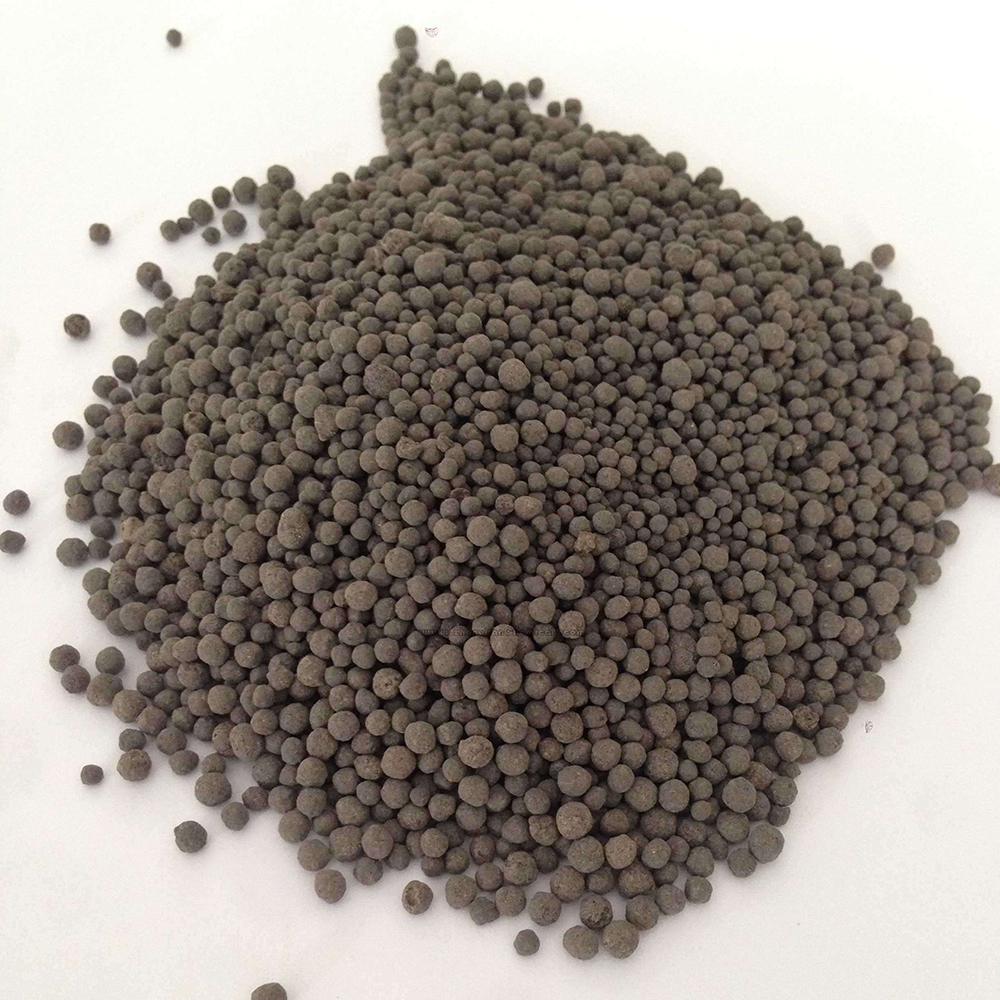



making lead oxide
Making Lead Oxide A Comprehensive Overview
Lead oxide, commonly known as lead(II) oxide or litharge, is a compound formed from lead and oxygen. It plays a critical role in various industrial applications, most notably in battery manufacturing, glass production, and ceramics. This article explores the process of making lead oxide, its applications, and safety considerations associated with its production.
The Chemistry of Lead Oxide
Lead oxide can exist in several forms, but the two most prominent are litharge (PbO) and red lead oxide (Pb3O4). Litharge is a yellowish powder that is primarily produced for use in batteries, while red lead oxide has a reddish color and is often utilized in paint and as a pigment. The synthesis of lead oxide generally involves the oxidation of lead metal at high temperatures, leading to the formation of the oxide.
Production Methods
The most common method for producing lead oxide is through the thermal decomposition of lead nitrate or the oxidation of molten lead. Here is a detailed look at these processes
1. Thermal Decomposition of Lead Nitrate Lead nitrate (Pb(NO3)2) can be heated to produce lead oxide \[ 2 \text{Pb(NO}_3\text{)}_2 \rightarrow 2 \text{PbO} + 4 \text{NO}_2 + \text{O}_2 \] This method is advantageous because it is relatively straightforward and results in a pure form of lead oxide. The process releases nitrogen dioxide and oxygen gas, which must be managed in a controlled environment to minimize environmental impact.
2. Oxidation of Molten Lead Another method involves heating lead metal in the presence of oxygen. The lead is melted and then exposed to air, where it oxidizes to form lead oxide \[ 2 \text{Pb} + \text{O}_2 \rightarrow 2 \text{PbO} \] This method, while effective, requires careful control of temperature and oxygen concentration to prevent incomplete oxidation and the formation of undesirable byproducts.
3. Ball-Milling Method In some cases, lead oxide is produced by grinding lead powder in the presence of air. This mechanochemical process increases the surface area of lead particles, enhancing the reaction with atmospheric oxygen.
making lead oxide

Applications of Lead Oxide
Lead oxide has a variety of applications, primarily in
- Lead-Acid Batteries The most significant use of lead oxide is in the manufacture of lead-acid batteries, which are widely utilized in automotive and renewable energy storage. It serves as both the positive and negative material in the battery's electrodes, where it undergoes redox reactions to store and release electrical energy.
- Glass and Ceramics Lead oxide is added to glass and ceramic formulations to improve brilliance and clarity. Lead glass, known for its high refractive index and bright appearance, contains lead oxide, enhancing the aesthetic and functional properties of glassware.
- Paints and Pigments Red lead oxide is utilized in certain types of paints and coatings, offering corrosion resistance properties. It is important to ensure that the use of such pigments adheres to safety regulations due to lead's toxicity.
Safety Considerations
Handling lead oxide requires strict adherence to safety protocols due to the toxic nature of lead. Lead exposure can have severe health effects, including neurological damage and other systemic issues. Workers involved in the production of lead oxide should wear appropriate personal protective equipment (PPE), such as gloves, masks, and eye protection. Additionally, facilities must implement proper ventilation and waste management practices to mitigate exposure risks.
Conclusion
The production of lead oxide is a vital process that supports numerous industries, from battery manufacturing to glass production. While its benefits are significant, the associated health and environmental risks necessitate careful management and safety precautions. As industries continue to innovate, it is crucial to balance the utility of lead oxide with responsible practices to ensure the safety of workers and the environment. Understanding the methods of production, applications, and safety measures will be key to optimizing the use of lead oxide in our modern world.
-
Why Sodium Persulfate Is Everywhere NowNewsJul.07,2025
-
Why Polyacrylamide Is in High DemandNewsJul.07,2025
-
Understanding Paint Chemicals and Their ApplicationsNewsJul.07,2025
-
Smart Use Of Mining ChemicalsNewsJul.07,2025
-
Practical Uses of Potassium MonopersulfateNewsJul.07,2025
-
Agrochemicals In Real FarmingNewsJul.07,2025
-
Sodium Chlorite Hot UsesNewsJul.01,2025










